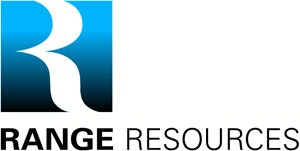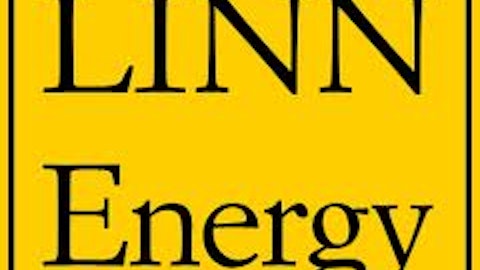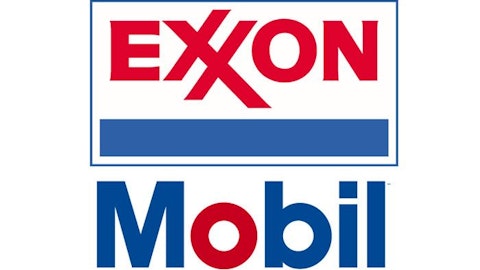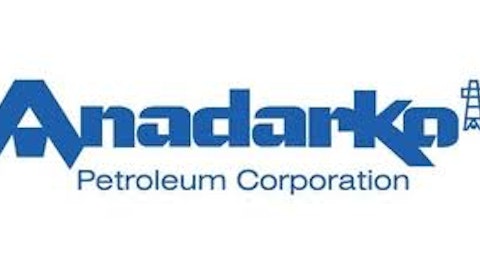Every investor would love to stumble upon the perfect stock. But will you ever really find a stock that provides everything you could possibly want?
One thing’s for sure: You’ll never discover truly great investments unless you actively look for them. Let’s discuss the ideal qualities of a perfect stock and then decide whether Range Resources Corp. (NYSE:RRC) fits the bill.

Stocks that look great based on one factor may prove horrible elsewhere, making due diligence a crucial part of your investing research. The best stocks excel in many different areas, including these important factors:
1). Growth. Expanding businesses show healthy revenue growth. While past growth is no guarantee that revenue will keep rising, it’s certainly a better sign than a stagnant top line.
2). Margins. Higher sales mean nothing if a company can’t produce profits from them. Strong margins ensure that company can turn revenue into profit.
3). Balance sheet. At debt-laden companies, banks and bondholders compete with shareholders for management’s attention. Companies with strong balance sheets don’t have to worry about the distraction of debt.
4). Moneymaking opportunities. Return on equity helps measure how well a company is finding opportunities to turn its resources into profitable business endeavors.
5). Valuation. You can’t afford to pay too much for even the best companies. By using normalized figures, you can see how a stock’s simple earnings multiple fits into a longer-term context.
6). Dividends. For tangible proof of profits, a check to shareholders every three months can’t be beat. Companies with solid dividends and strong commitments to increasing payouts treat shareholders well.
With those factors in mind, let’s take a closer look at Range Resources.
| Factor | What We Want to See | Actual | Pass or Fail? |
|---|---|---|---|
| Growth | 5-year annual revenue growth > 15% | 10.6% | Fail |
| 1-year revenue growth > 12% | 14.8% | Pass | |
| Margins | Gross margin > 35% | 73% | Pass |
| Net margin > 15% | (3.3%) | Fail | |
| Balance sheet | Debt to equity < 50% | 124.9% | Fail |
| Current ratio > 1.3 | 0.50 | Fail | |
| Opportunities | Return on equity > 15% | (1.9%) | Fail |
| Valuation | Normalized P/E < 20 | NM | NM |
| Dividends | Current yield > 2% | 0.2% | Fail |
| 5-year dividend growth > 10% | 5.9% | Fail | |
| Total score | 2 out of 9 |
Source: S&P Capital IQ. NM = not meaningful because of negative earnings. Total score = number of passes.
Since we looked at Range Resources last year, the company has given back the point it earned from 2011 to 2012. Stalling dividend growth is to blame for the drop, but the stock has managed to pick up a respectable 15% over the past year despite a tough energy market.
Range Resources has plenty of potential, with extensive low-cost production capacity in the Marcellus shale play as well as other plays around the country, including the Permian Basin, the Utica Shale, and the Mississippian region. But the company has had to deal with a big plunge in natural gas prices, and that’s hurt the company hard, as nearly three-quarters of Range’s proved reserves are dry gas, with only 4% crude and 22% natural gas liquids exposure.
Another challenge that Range Resources has had throughout the year is getting gas from new finds in out-of-the-way areas like the Marcellus to market. With Sunoco Logistics Partners L.P. (NYSE:SXL) converting a petroleum pipeline for natural-gas transmission, Range Resources signed a 15-year agreement to ship its Marcellus ethane production through the pipeline, with the intent of using Sunoco, Inc. (NYSE:SUN)‘s Marcus Hook refinery as a natural-gas processing facility to deliver the gas to a Swiss petrochemical buyer.
Long-term, though, Range Resources is still paving the way to future growth opportunities. Last week, it announced that its proved reserves had jumped 29% as of the end of 2012 to 6.5 trillion cubic feet equivalent. Despite making no acquisitions that added reserves, the jump represented more than seven times the 276 billion cubic feet equivalent that Range Resources produced in 2012.
For Range Resources to improve, it needs to keep costs down and wait out the slump in nat-gas prices. If the company can cut its wellhead costs down toward the levels that Anadarko Petroleum Corporation (NYSE:APC) and Ultra Petroleum Corp. (NYSE:UPL) have achieved, it might be enough to make Range Resources profitable again even in a weak nat-gas market.
The article Has Range Resources Become the Perfect Stock? originally appeared on Fool.com and is written by Dan Caplinger.
Fool contributor Dan Caplinger has no position in any stocks mentioned. The Motley Fool recommends Range Resources and Ultra Petroleum and owns shares of and has options positions on Ultra Petroleum.
Copyright © 1995 – 2013 The Motley Fool, LLC. All rights reserved. The Motley Fool has a disclosure policy.




